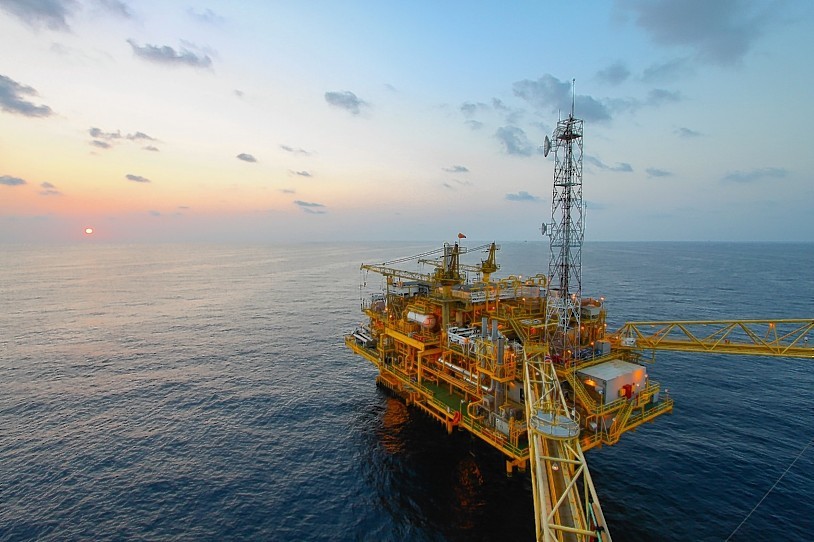
Crude prices rose to three-year highs, operating costs were down and profit was growing by double or triple digits, but investors still found plenty to complain about in Big Oil’s second-quarter earnings.
The past week’s financial reports showed a surprising variation in the strength of the world’s largest energy companies. Some were perfectly poised to rocket out of the worst industry downturn in a generation by boosting production just as oil prices soared. Others failed to lift off and fell back to Earth with a bump.
Rocket Fuel
Surging oil prices lifted everybody, with BP Plc’s fourfold profit increase leading the pack. Companies cut costs in the downturn and have largely kept them in check, giving them an extra benefit as crude rises. After years of borrowing to pay shareholders, most of the world’s biggest non-state energy firms generated enough cash to cover dividends and investments.
“We’ve turned around and retooled the company over seven years,” BP Chief Executive Officer Bob Dudley said in a Bloomberg television interview. “It shows more confidence than we’ve had in a long time.”
Winners and Losers
It was evident that each company was at a different point in its investment cycle, and the market reacted accordingly. Total SA showed the best timing, positioning itself to reap the rewards of earlier investments by increasing its production forecast just as oil prices rise.
BP couldn’t match Total’s output boost, but confidently asserted that it had the financial strength to both increase dividends and chase growth with its biggest deal in decades.
Chevron Corp.’s profit fell short, but it successfully wooed holders by resurrecting buybacks after a three-year hiatus. Royal Dutch Shell Plc also missed estimates, but its focus on paying down debt meant a slower-than-anticipated start to share repurchases.
Exxon Mobil Corp. displeased investors on almost every front. It’s at the opposite end of the cycle to Total, spending heavily to reverse a drop in production. Cash flow didn’t cover investments and dividends — meaning no buybacks.
Spending Again
Investors remain vigilant for any signs that oil giants’ spendthrift ways are returning as crude trades above $70 a barrel. Yet there are also signs they can be persuaded to tolerate higher expenditures.
That was evident in the market reaction to BP’s July 27 announcement that it was buying most of BHP Billiton Ltd.’s onshore U.S. oil assets for $10.5 billion, its biggest deal in almost two decades. Shares initially fell as much as 2.4 percent as analysts fretted over the price and the lack of synergies with its existing business.
After a bit of persuading from BP’s top brass over the merits of the acquisition, shares recovered and ended the day 0.5 percent higher. The company’s consensus-beating earnings on Tuesday justify the deal, said Iain Armstrong, an analyst at Brewin Dolphin Ltd.
Meager Rewards
It’s four years since the great oil slump began, with Brent crude falling from above $100 in June 2014 to as low as $27 in January 2016. The market is in much better health today, thanks to a combination of rapid demand growth and supply reductions from the Organization of Petroleum Exporting Countries.
For anyone who stuck with major oil companies through those years of pain, the rewards so far haven’t exactly been impressive. Share prices have recovered, dividends have been maintained or increased, and buybacks are underway, yet average shareholder returns barely exceed, or in some cases severely lag the broader market.
The majors have “further work to do to capture the full free cash flow per barrel upside at higher oil,” Christyan Malek, an analyst at JPMorgan Chase & Co. said last week. Investors are starting to ask the question: “Where is the cash?”
Recommended for you
